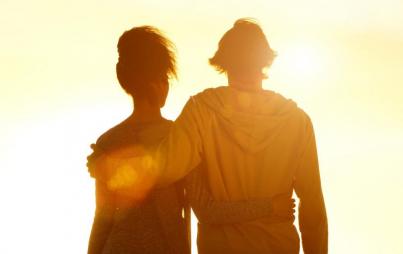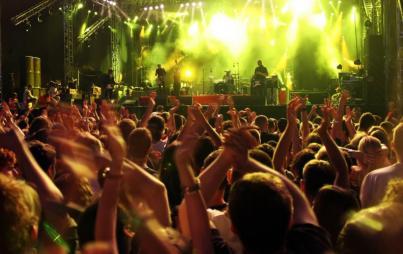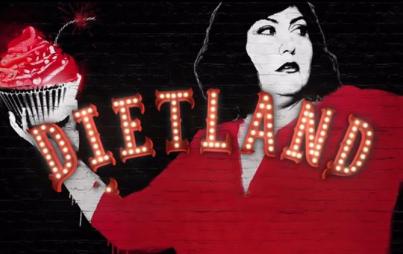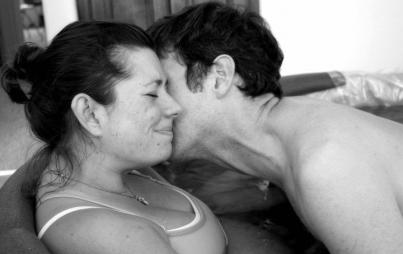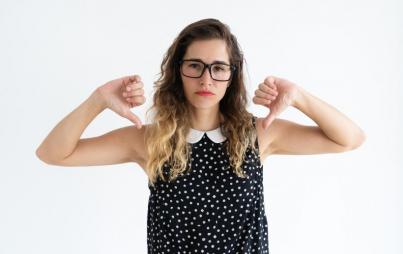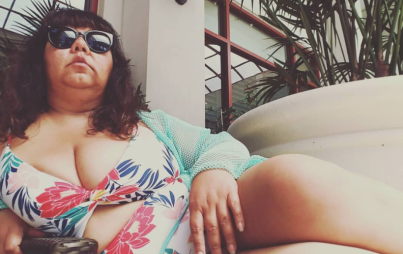
“Now, ladies and gentlemen, honored by their country, decorated by their Queen, and loved here in America, here are The Beatles!" That’s how TV host Ed Sullivan introduced the Fab Four for their most iconic concert in America: the 1965 performance at New York City’s Shea Stadium, which occurred 49 years ago today.
The crowd of 55,000 strong displayed varying levels of hysteria (skewed toward the extremely hysterical), and the event marked the peak of Beatlemania in the U.S. In honor of this anniversary, we’re breaking down some of the most rocking and rolling facts about the concert.
The concert broke attendance records and largely kicked off the popular use of stadiums for music concerts.
Though the Beatles had sold out a great many theaters, auditoriums and dance halls, no rock group had ever before played a concert at a sports stadium. And they utilized every inch of the massive structure, which was packed with more than a half million (mostly female) attendees.
The concert also became the highest grossing event in show business, bringing in $304,000 in ticket sales, of which the band received half. All of this subsequently inspired many other bands to opt for stadium performances of their own.
The performance boasted some fateful attendees.
Funny enough, among the doting fans were two future Beatles wives: musician and photographer Linda Eastman (who married Paul McCartney in 1969), and Barbara Bach (wed to Ringo Starr in 1981). And strangely enough for celebrity marriages, both couples’ relationships went the distance: Eastman and McCartney’s marriage blissfully lasted until her death in 1998, and Starr and Bach are still together.
The screaming—oh the screaming!
After the opening acts finished their mandatory, but probably unwelcome performances (kind of weird to envision opening bands for the Beatles, huh?), the British invasion walked out onto the field, where they were received like gods from our English motherland.
The screams, they were a’deafening, and in video footage of the event you can see security personnel trying in futility to cover their ears to block the noise. The Beatles themselves reportedly couldn’t begin to hear themselves playing, and Starr later confessed he watched the to-and-fro motion of his bandmates’ holy arses to try to keep beat.
Starr later described the enormity of the shrieking fans in The Beatles Anthology:
Screaming had become the thing to do . . . Everybody screamed. If you look at the footage, you can see how we reacted to the place. It was very big and very strange.
John Lennon sounded more nonplussed in an interview he gave about the event. When asked if it bothered him that he couldn’t hear his own playing, he replied, “No, we don’t mind. We’ve got the records at home.” Cheeky!
For it’s place of grandeur in rock concert history, it’s surprising that the Beatles actually played for only half an hour.
The band cranked out 12 songs—which, keeping with the style of the day, were all pretty short—in about 30 minutes.
The full list: “Twist and Shout,” “She’s a Woman,” “I Feel Fine,” “Dizzy Miss Lizzy,” “Ticket to Ride,” “Everybody’s Trying to be My Baby,” “Can’t Buy Me Love,” “Baby’s in Black,” “Act Naturally,” “A Hard Day’s Night,” “Help!” and “I’m Down.”
According to his bandmates, John Lennon kind of lost it that night.
George Harrison later claimed that John Lennon "cracked up" that night. Always the most manic of the four, Lennon apparently fully imbibed the massive crowd’s energy, and it sent him over the edge. The other three shot each other disbelieving looks and laughed at Lennon’s antics, which included gleeful cackling, chanting with his arms stretched up as if a heavenly personage were dictating revelation, doing a crazed Jerry Lewis-like impression (that would probably be considered mightily politically incorrect today) and playing the organ with his elbow. Some drug pre-gaming may or may not have been involved.
The Legacy
At the conclusion of those fevered 30 minutes, the British boys exited the field in exhaustion. But they didn’t have much time to recover—the performance kicked off a whirlwind tour across North America that included nine more shows in two weeks.
The band recorded and toured together for another five years after the performance before calling it quits. And despite their lasting legacy on rock music and popular culture more generally, the Beatles never again played to so large a live audience.
Years later, before his untimely death by a deranged detractor, John Lennon recalled the concert as a highlight of his career: "At Shea Stadium, I saw the top of the mountain."

